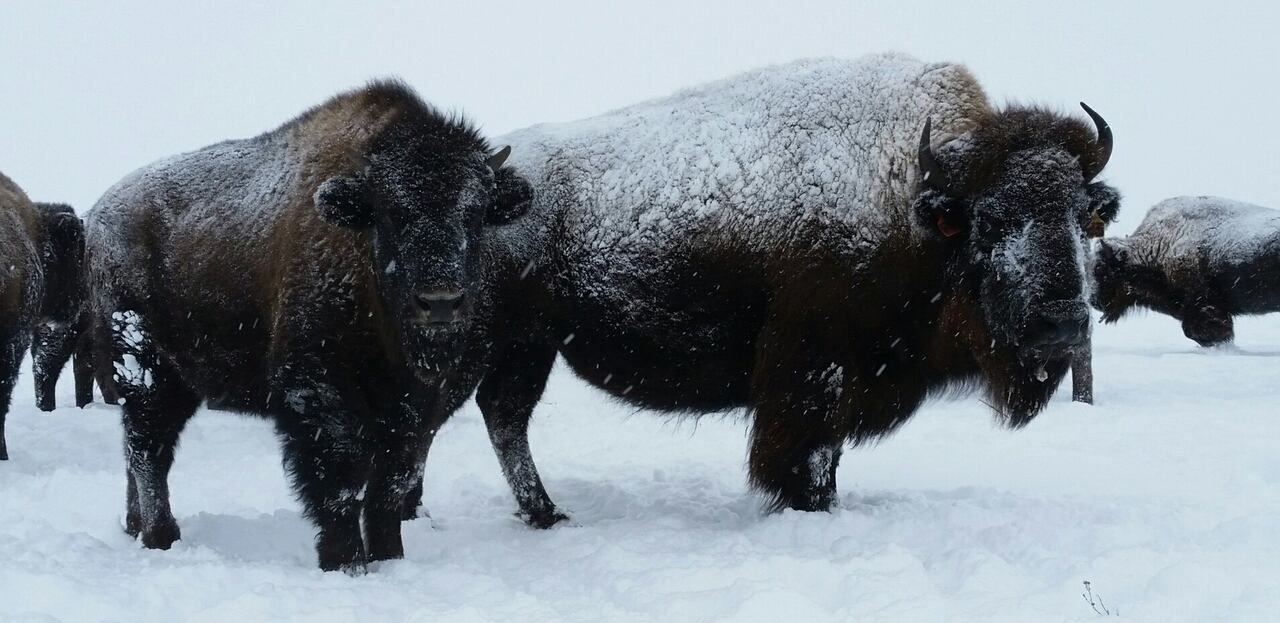Return of the Buffalo
Hear from one of our own team members, Anthony Johnston who participated in this insightful discussion.
Celebrating a Decade of the Buffalo Treaty

Photo Credit: Robert Johnson (X)
December 20, 2024
It's been 10 years since the Buffalo Treaty was signed. This agreement, established in 2014, has been a source of hope and renewal for Indigenous Nations across North America. The Buffalo Treaty, signed in 2014, is an agreement among various Indigenous Nations and organizations in Canada and the United States to restore bison to their native landscapes. It's all about recognizing the bison's cultural, spiritual and ecological importance. As of now, over 40 nations and organizations have signed the Buffalo Treaty.
Why is the Buffalo Treaty important?
- Cultural Reconnection: For many Indigenous communities, buffalo are sacred and hold deep cultural and spiritual meaning. The Treaty helps renew this important connection, allowing people to reconnect with their traditions and heritage.
- Ecological Benefits: Buffalo are considered a keystone species because they are key to keeping the plains ecosystem healthy. Their grazing supports plant diversity, soil health, and other wildlife.
- Food Sovereignty and Economic Opportunities: The return of the buffalo ensures access to healthy food and enhances traditional food practices. Also, buffalo can create sustainable economic opportunities for Indigenous communities, including, buffalo ranching, tourism, and sale of bison products.
- Power of Partnerships: It's a great example of cross-border collaboration bringing together Indigenous Nations from Canada and the United States. This collective effort is crucial for sharing resources, knowledge, and support and achieving much more than working alone.
- Healing and Resilience: Allows healing for both the land and the people.
The Buffalo Treaty is about honouring the past and building a sustainable future. Seeing buffalo roam the prairies again demonstrates resilience and what we can achieve when we work together.
Add your title here
This is the text area for this paragraph. To change it, simply click and start typing. Once you've added your content, you can customize its design by using different colors, fonts, font sizes and bullets. Just highlight the words you want to design and choose from the various options in the text editing bar.
This is the text area for this paragraph. To change it, simply click and start typing. After adding your content, you can customize it.
This is the text area for this paragraph. To change it, simply click and start typing. Once you've added your content, you can customize its design by using different colors, fonts, font sizes and bullets. Just highlight the words you want to design and choose from the various options in the text editing bar.
Short title
Copyright 2023 Bridge to Land Water Sky, All Rights Reserved.

